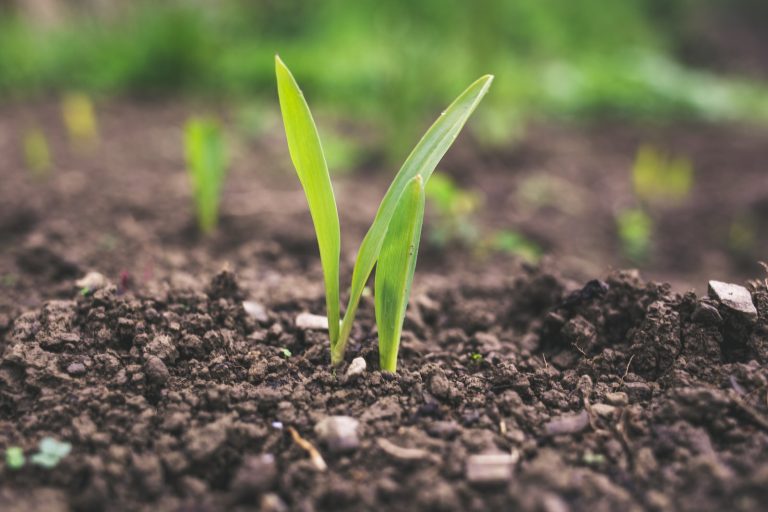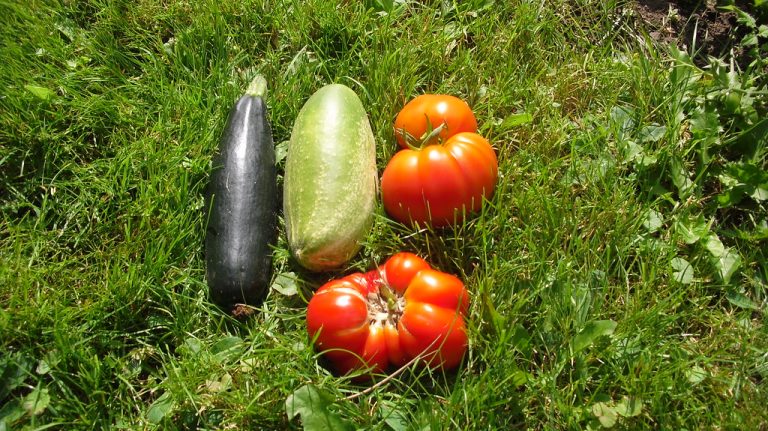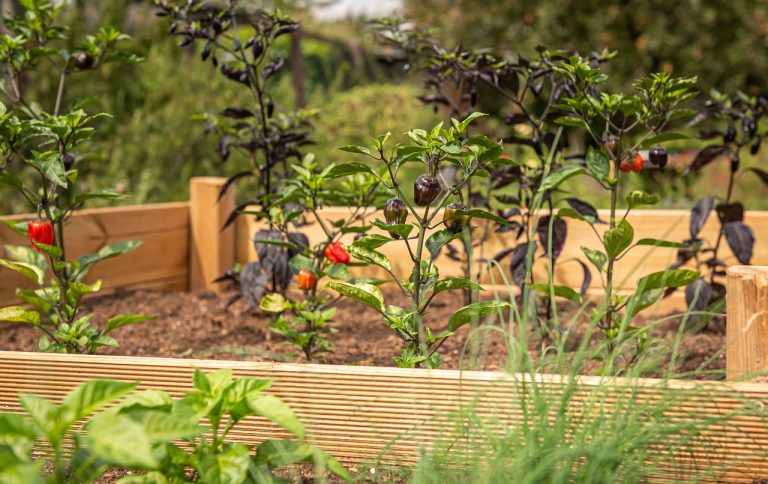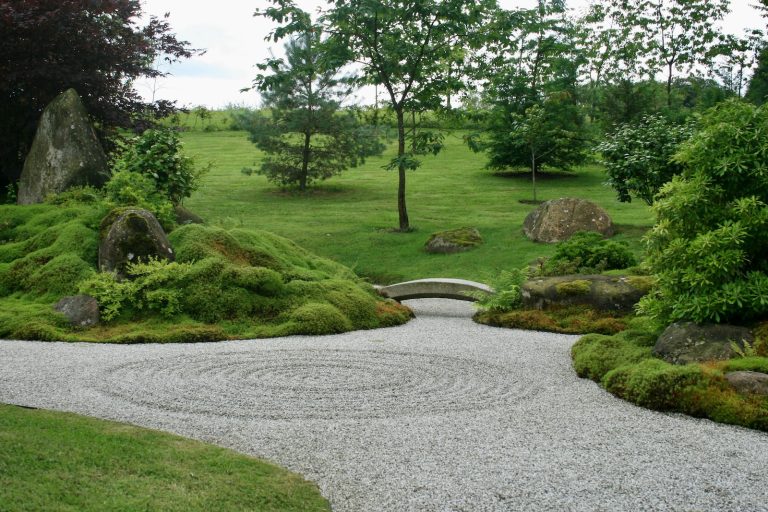How to Create a Beautiful Home Garden: Tips for Beginners
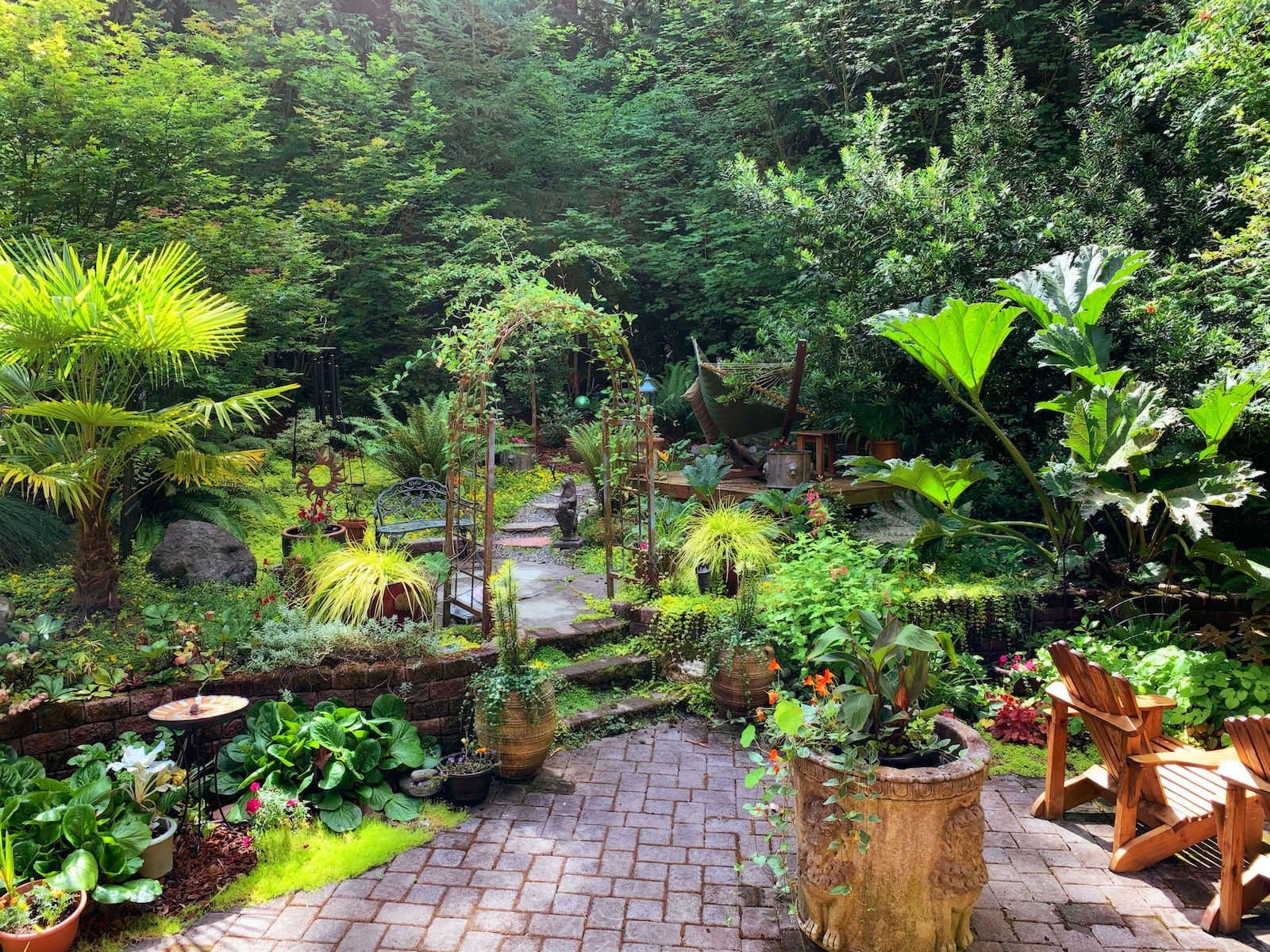
Are you looking to transform your outdoor space into a lush haven of greenery and blooms? Creating a garden can seem daunting, especially for beginners. But with the right approach, tools, and tips, anyone can create a stunning home garden that enhances their lifestyle and surroundings.
We’ll share some essential insights on how to make gardening easy, enjoyable, and beautiful – whether you have acres of land or just a few pots on your balcony. So grab your gloves and let’s get started!
Gardening Overview
Introducing yourself to gardening can be daunting, but it doesn’t have to be! This section will provide you with all the tips and tricks you need to get started on your journey to creating a beautiful home garden. While some people may think that gardening is all about getting your hands dirty, there’s more to it than that! In order to create a stunning home garden, you need to take into account the following factors:
- The type of plants you want to grow
- The location of your garden
- The amount of sunlight and shade in your garden
- The type of soil in your garden
- The amount of water your garden needs
Once you’ve considered all of these factors, you can start planning out your dream home garden! To get started, we recommend taking a trip to your local nursery or gardening store and speaking with the experts there. They’ll be able to help you figure out which plants are best suited for your particular space and needs.
Preparing for Gardening
Before you start digging in the dirt, it is important to take some time to plan and prepare for your home garden. Here are a few tips to get you started:
- Decide what type of garden you would like to create. Do you want a vegetable garden, flower garden, or both? Consider the amount of space you have and the amount of time you are willing to spend caring for your garden.
- Choose the location for your garden carefully. Make sure it gets enough sunlight and is well-drained.
- Prepare the soil before planting. This may include adding compost or other amendments to improve the quality of the soil.
- Have a watering plan in place. Make sure you know how often your plants will need to be watered and set up a system that will work for you (e.g., soaker hose, sprinkler, etc.).
- Be prepared for pests and weeds. Have a plan in place for dealing with these common problems so they don’t take over your garden.
Types of Gardens
There are many different types of gardens that you can create in your home. Some gardens are purely ornamental, while others are functional as well. Here are some of the most popular types of gardens:
- Flower garden – A flower garden is a great way to add color and beauty to your home. You can plant flowers that bloom at different times of the year to keep your garden looking fresh all year long.
- Vegetable garden – A vegetable garden is a great way to get fresh, healthy produce right in your own backyard. You can grow a variety of vegetables, herbs, and fruits in a vegetable garden.
- Butterfly garden – A butterfly garden is a beautiful and unique addition to any home landscape. You can attract butterflies to your yard by planting their favorite flowers and providing them with a water source.
- Shade garden – If you have an area in your yard that doesn’t get much sunlight, you can create a shade garden. Shade gardens are perfect for plants that prefer lower light levels.
- Xeriscape – A xeriscape is a water-wise landscaping technique that uses native plants that require little to no irrigation. Xeriscapes are becoming increasingly popular in arid regions where water conservation is important.
- Herb garden – An herb garden is great for adding flavor to your cooking. Herbs are easy to grow in even the smallest of spaces.
- Miniature/Fairy garden – Want something a little more whimsical? A miniature or fairy garden is just what you need! Miniature gardens can be designed and planted in containers, so they are perfect for small spaces.
Designing the Garden Space
You don’t need a huge lot to have a beautiful garden. Even the smallest spaces can be transformed into something special with a little imagination and effort. When designing your garden space, consider the following tips:
- Define the purpose of your garden. Do you want a place to relax and escape the hustle and bustle of everyday life? Or are you looking for a functional space where you can grow fruits and vegetables? Once you know what you want to use your garden for, it will be easier to plan accordingly.
- Consider the layout of your garden. Where will each element be placed? Make sure to leave enough room for paths or walkways so you can move around easily. You may also want to create separate areas for different activities, such as entertaining, gardening, or relaxing in the sun.
- choose plants that are appropriate for your climate and soil type. Not all plants will thrive in every environment, so it’s important to do your research before making any purchases. Consider also how much maintenance each plant will require – some species will need more care than others in order to stay healthy and flourish.
- Incorporate some water features into your design. A small pond or waterfall can add both beauty and serenity to your garden space. If you’re short on space, consider a simple birdbath instead – it will provide water for feathered friends while adding visual interest to your yard.
- Add outdoor furniture and accessories. Garden furniture, such as a chaise lounge or Adirondack chairs, can provide a great place to relax in the sun. Or try adding some decorative elements, such as lanterns or birdhouses, to spruce up your space.
By following these simple tips, you’ll be on your way to creating an amazing garden space that will bring you joy for years to come!
Plant Selection and Care
When it comes to plant selection and care, there are a few things to keep in mind. First, consider what type of plants you want to include in your garden. There are many different types of plants available, so do some research to find the ones that will best suit your needs. Once you have an idea of the types of plants you want, it’s time to select the specific varieties.
After narrowing down your choices, take into account the care each plant will need. Make sure you can provide the proper environment and care for each type of plant before making your final selections.
Once you have your plants selected, it’s important to give them the proper care. Different plants need different amounts of water and sunlight, so be sure to research the specific needs of your plants. It’s also a good idea to fertilize your plants on a regular basis to ensure they stay healthy and vigorous. With proper care and attention, your home garden will thrive and be a beautiful addition to your home.
Tools and Supplies Needed
You don’t need much to get started with a home garden, but there are a few things you will need. Here is a list of the tools and supplies you will need:
- Shovel
- Hoe
- Trowel
- Pitchfork
- Wheelbarrow
- Garden hose
- Sprinkler system
- Gardening gloves
- Kneeling pad or stool
- Seeds or plants
Optimizing Your Garden’s Growth
To have a beautiful home garden, you need to take care of it and optimize its growth. Below are tips on how to optimize your garden’s growth:
- Give your plants the right amount of water. Too much or too little water can damage your plants.
- Use quality soil and fertilizers. This will help ensure that your plants get the nutrients they need to grow healthy and strong.
- Make sure your plants get enough sunlight. They need sunlight to photosynthesize and create food for themselves.
- Prune your plants regularly. This will help them stay healthy and promote new growth.
- Monitor your plants for pests and diseases. If you catch problems early, you’ll be able to treat them before they cause serious damage to your plants.
Adding Finishing Touches
Your home garden is almost complete! Now it’s time to add some finishing touches that will really make it stand out. Here are a few ideas:
- Add Some Lighting: Adding some outdoor lighting can really make your home garden come alive at night. string lights, solar lights, or even lanterns can all be used to great effect.
- Add Water Features: A water feature can really add a touch of relaxation to your home garden. Whether it’s a small fountain or a larger pond, the sound of running water will definitely add some ambiance.
- Bring in Some Color: Adding some colorful flowers or plants is a great way to brighten up your home garden. Be sure to choose plants that will thrive in your climate and soil conditions.
- Add Garden Art: A little bit of art can really personalize your home garden and make it unique. Look for sculptures, wind chimes, or other pieces that you love and add them to your space.
- Get Creative: Don’t be afraid to get creative with your home garden! This is your chance to really make it your own and express your personality. Have fun with it and enjoy the process!
Maintenance Tips
If you’re new to gardening, the thought of keeping your plants alive and healthy can be daunting. But don’t worry – with a few simple tips, you can maintain a beautiful home garden that will thrive for years to come.
Here are some maintenance tips to get you started:
- water regularly. Depending on your climate, your plants will need different amounts of water. Checking the soil regularly is the best way to gauge how much water your plants need – if the top inch or so of soil is dry, it’s time to water.
- fertilize regularly. Just like with watering, the amount of fertilizer your plants need will depend on your climate and soil type. Talk to a local nursery or garden center to find out what type of fertilizer is best for your plants.
- deadhead flowers regularly. Deadheading – removing dead or dying flowers from your plants – not only helps keep your garden looking tidy, but it also encourages new growth.
- trim back overgrown plants. Regularly trimming back overgrown plants helps encourage new growth and keeps your garden looking neat and tidy. following these simple tips, you can easily maintain a beautiful home garden that will be the envy of your neighbors!
Conclusion
With the right tips, creating a beautiful home garden can be fun and rewarding! We hope that you found this guide helpful in guiding you to create your ideal home garden. From picking plants that suit your climate best to maintaining them efficiently, there is no limit on what you can achieve with the right information.
Whether it’s flowers blooming all summer long or leafy vegetables ripening during autumn, designing and looking after your very own outdoor retreat will guarantee plenty of outdoor experiences for years to come.

Emma is a talented writer and enthusiastic gardener who shares her passion for plants and gardening on HomeGardenBlog.com. With years of experience in home gardening, Emma has become an expert in everything from planting and harvesting to pest control and soil management.

